
If You See These Buggers Near Your Pots, Don’t Panic — Here Are 6 Brilliant Things You Can Do
If you’ve ever lifted a flowerpot and spotted a wriggling, brown insect with tiny pincers at the back, your first instinct might be to jump. Meet the earwig — nature’s misunderstood little janitor.
Although their appearance can be unsettling, earwigs are not dangerous to humans or pets. In fact, they’re part of the complex ecosystem that keeps your garden in balance. Still, when their numbers spike, they can nibble on tender plants, seedlings, and flowers — turning a tidy patio into a minor battlefield.
Luckily, with a little knowledge and some simple, science-backed tricks, you can send these unwelcome guests packing — without resorting to harsh chemicals.
Spotting Earwigs: What You’re Dealing With
Earwigs (order Dermaptera) are easy to identify thanks to their elongated bodies, ranging in color from dark brown to black, and their distinctive forceps-like pincers, technically called cerci. Adult earwigs grow up to an inch long and may have small wings, though they rarely use them.
They are nocturnal scavengers, hiding in cool, damp spots — under pots, mulch, and garden debris — during the day, then emerging at night to feed on decaying plant matter, aphids, and sometimes live foliage. If you notice small, irregular holes in leaves or find clusters of these insects near your pots, you likely have an earwig problem.
According to the University of California Statewide Integrated Pest Management Program (UC IPM, 2024), earwigs are most active in humid, shaded environments — making overwatered pots and thick mulch prime real estate.
Should You Worry? The Good, the Bad, and the Bugly
Here’s the twist: earwigs aren’t entirely bad. In moderate numbers, they act as natural pest control, feeding on aphids, mites, and dead organic material (BBC Gardening, 2023). The problem arises when they multiply, especially in container gardens where space is limited.
An overpopulation of earwigs can lead to chewed petals, damaged seedlings, and stunted growth. And while they don’t bite or sting, they can migrate indoors in search of warmth — which no gardener (or homeowner) wants.
So, if these critters are taking over your pots, it’s time to act swiftly but sensibly.
DIY Fix #1: The Oil and Soy Sauce Trap
This clever trap uses ingredients you already have in your kitchen. Mix equal parts vegetable oil and soy sauce in a shallow dish or tuna can. The soy sauce’s scent lures earwigs in, while the oil creates a slick surface that traps them.
Set the trap near affected pots overnight. Check it in the morning, dispose of the insects, and reset as needed. According to The Guardian’s Eco Home Tips (2022), this non-toxic method effectively reduces small earwig populations without harming beneficial insects.
DIY Fix #2: Rolled-Up Newspaper Trick
Earwigs adore dark, moist hiding spots, which makes a rolled, slightly damp newspaper irresistible to them.
In the evening, roll up a newspaper, moisten it lightly, and place it beside your pots. By morning, you’ll find a gathering of earwigs tucked inside. Dispose of them by shaking the paper into a bucket of soapy water.
This simple, eco-friendly trap has been endorsed by the Royal Horticultural Society (RHS, 2023) as one of the safest mechanical control methods for small garden pests.
DIY Fix #3: Diatomaceous Earth — Nature’s Armor
Diatomaceous earth (DE) is a fine powder made from fossilized algae, and it’s lethal to small insects. When earwigs crawl across it, the microscopic particles scratch their waxy exoskeletons, leading to dehydration (Healthline, 2022).
Sprinkle a thin ring of DE around your pots or garden beds. Remember to reapply after watering or rain, since moisture reduces its effectiveness. This method is non-toxic to humans and pets, though it should still be handled with care to avoid inhalation.
DIY Fix #4: Alcohol and Water Spray
For quick spot control, mix equal parts rubbing alcohol and water in a spray bottle. Spritz it directly on visible earwigs or around pot rims. The alcohol acts as a desiccant, drying out the insects on contact.
However, as WebMD’s Home Health section (2023) notes, alcohol can also damage plant tissue if overused, so spray sparingly and avoid sensitive leaves.
DIY Fix #5: The Light-and-Water Lure
Earwigs are drawn to light, which can be used against them. Fill a shallow pan with water and add a few drops of dish soap. Position a light source directly above it at night.
Attracted by the glow, earwigs tumble into the water and drown. This trick works best outdoors or in greenhouses with accessible outlets. As Real Simple (2022) reports, light traps are particularly effective for nocturnal insects like moths and earwigs.
DIY Fix #6: Boric Acid Barrier (Use with Caution)
Boric acid, derived from natural minerals, acts as a slow-acting stomach poison for insects. Mix a small amount with water and apply it around the base of pots where earwigs gather.
While effective, use caution — boric acid can harm pets and beneficial insects if overapplied (EPA, 2024). Always follow product safety guidelines and consider this method a last resort after trying gentler options.
Bonus Tip: Prevention Is Key
Once you’ve cleared the infestation, the best defense is prevention. Keep the area around your pots clean and dry. Remove fallen leaves, decaying mulch, or plant debris that can provide hiding spots. Elevate pots slightly to improve airflow and drainage.
Earwigs thrive in moisture, so avoid overwatering and fix leaks that create damp soil conditions. Periodically check under pots and saucers — their favorite daytime retreats.
As BBC Gardening notes, “a tidy, well-drained garden is your best natural pest deterrent.”
Final Thoughts: Coexist When You Can, Control When You Must
It’s tempting to view every bug as a villain, but earwigs remind us that nature is rarely black and white. In small numbers, they’re useful allies — part of the composting and pest-control cycle that keeps soil healthy.
But when they start munching on your marigolds or invading your indoor planters, you now have six reliable, eco-friendly solutions to restore balance — no panic (or pesticides) required.
With a bit of patience, observation, and the right traps, your potted plants can thrive — and those little pincered visitors can find somewhere else to call home.
News in the same category


4 Things You Should Never Keep in the Freezer — They Could Be Dangerously Hazardous

What Can You Do with Expired Yogurt?

Should You Choose Pork with a Dark or Light Color for the Freshest Quality?

‘Why He Grabbing His Arm Like That?’: Denzel Washington Unleashes on Handsy Photographer During Intense On-Camera Confrontation

Meet 102-Year-Old Eloise Brown, the Philadelphia Eagles Biggest and Longtime Fan

17 Important Quotes About Love From Historical Black Figures

5 Things You Never Knew About The First Black Film Star Nominated For Academy Award For Best Actress

10 (Plus One) Unusual Winter Composting Hacks That Really Work
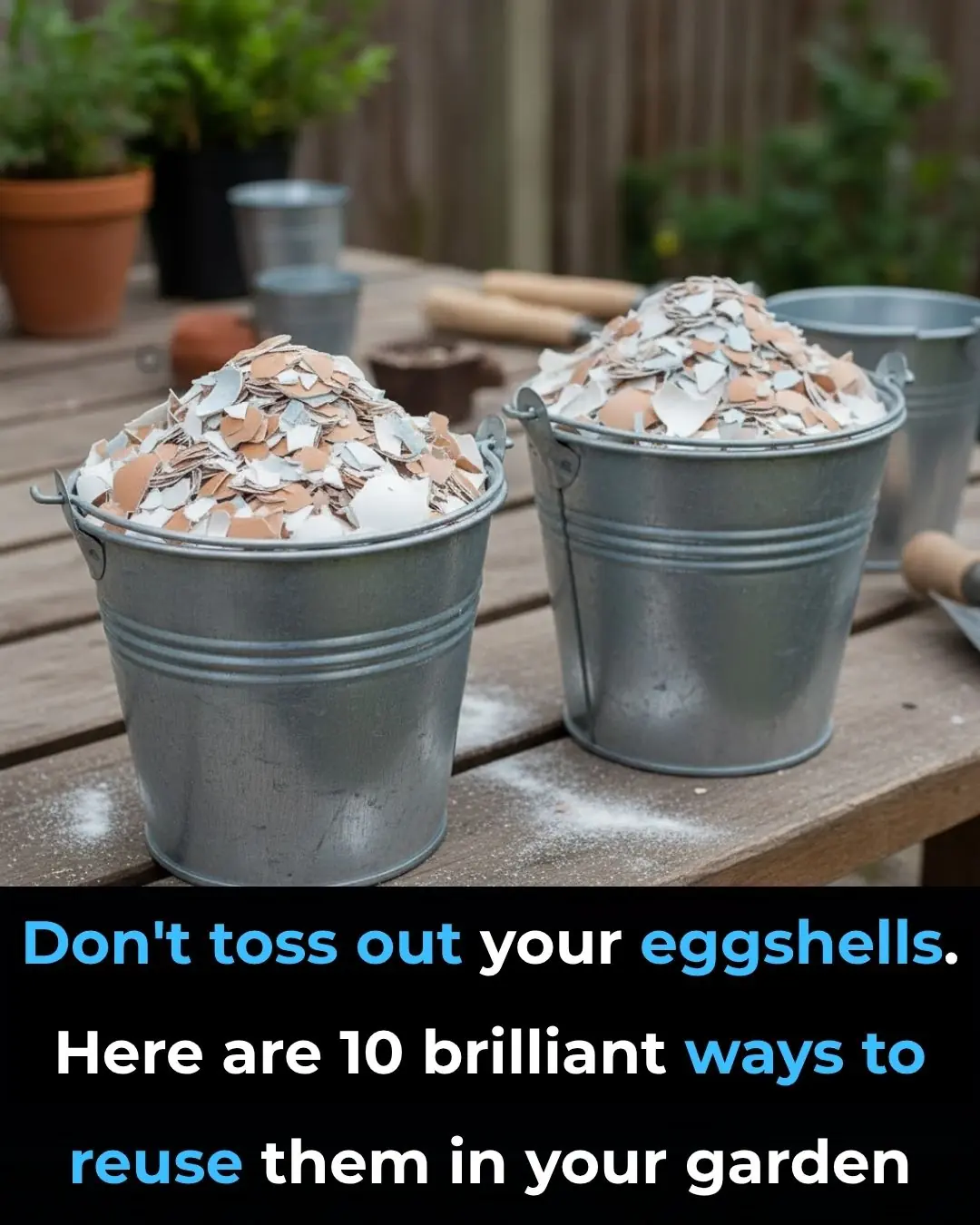
Don’t Toss Out Your Eggshells: 10 Brilliant, Science-Backed Ways to Reuse Them in Your Garden

Jackson 5 Child Actor, Floyd Roger Myers Jr, has joined the ancestors

Fisk Gymnast Morgan Price Earns Highest-Ever Score for an HBCU Gymnast

Most Folks Don’t Realize They’re Doing This: 10 Critical Mistakes That Stop Tomatoes from Ripening

8-Year-Old Hosts Food Drive To Feed 150 Families on His Birthday

Elon Musk enables groundbreaking feature to UK phones that will connect millions

NASA issues official statement to Kim Kardashian after reality star made shocking claim about space agency

People call on government to intervene after Elon Musk posts worrying tweet

Nvidia signs $500,000,000,000 deal that could transform the US energy sector

47-Year-Old Man Dies from Liver Failure: “Two Types of Pain, Two Types of Itching” Warn of Serious Liver Disease
News Post

Can Onion Juice Gently Support Eye Health? A Natural Tip to Try
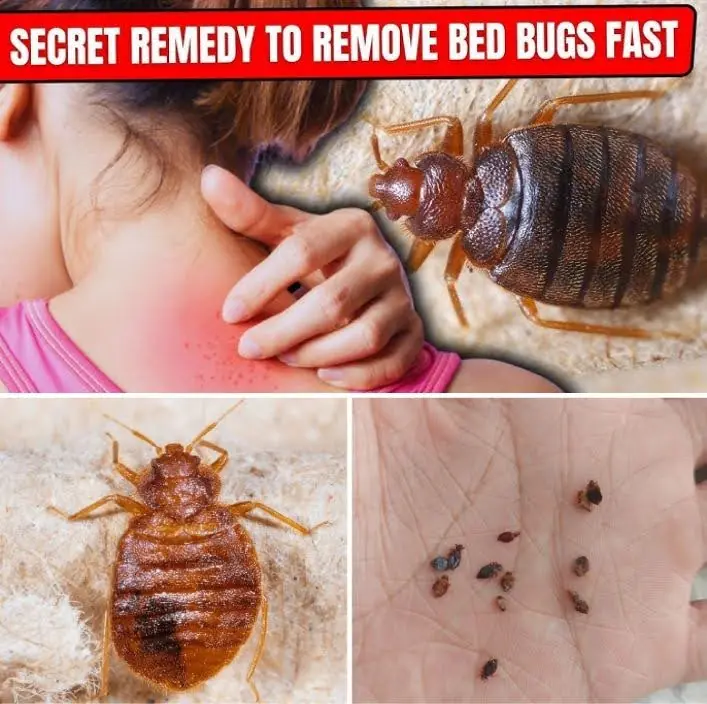
Bed Bugs Hate This! How Diatomaceous Earth and Cloves Can Wipe Them Out

These are the consequences of sleeping with the…
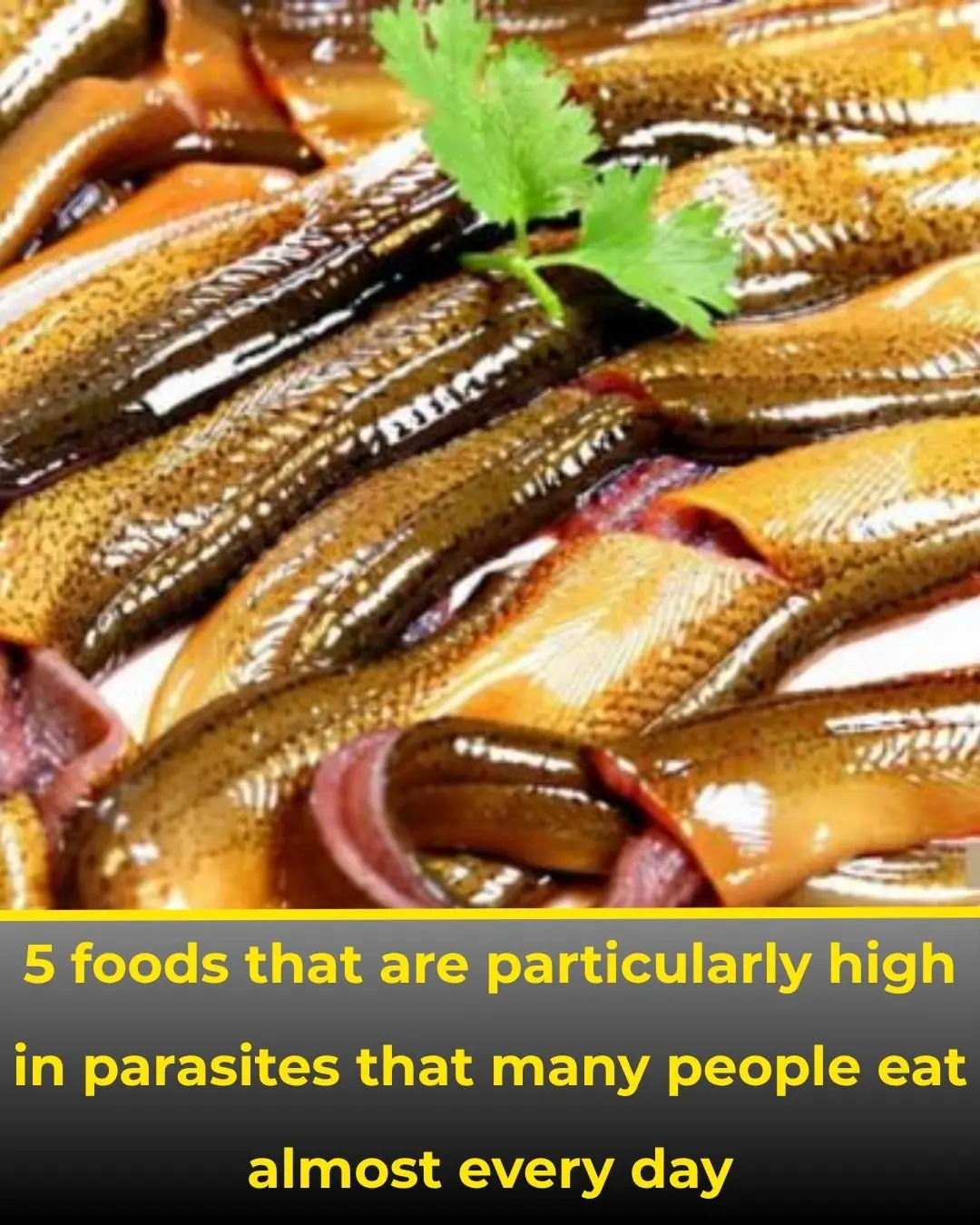
5 Common Foods That Often Contain Parasites — Many People Eat Them Daily

1 Vitamin Stops Calcium Buildup in Arteries and Heart

S:ida Acuta: Exploring the Healing Properties of this Herbal Remedy
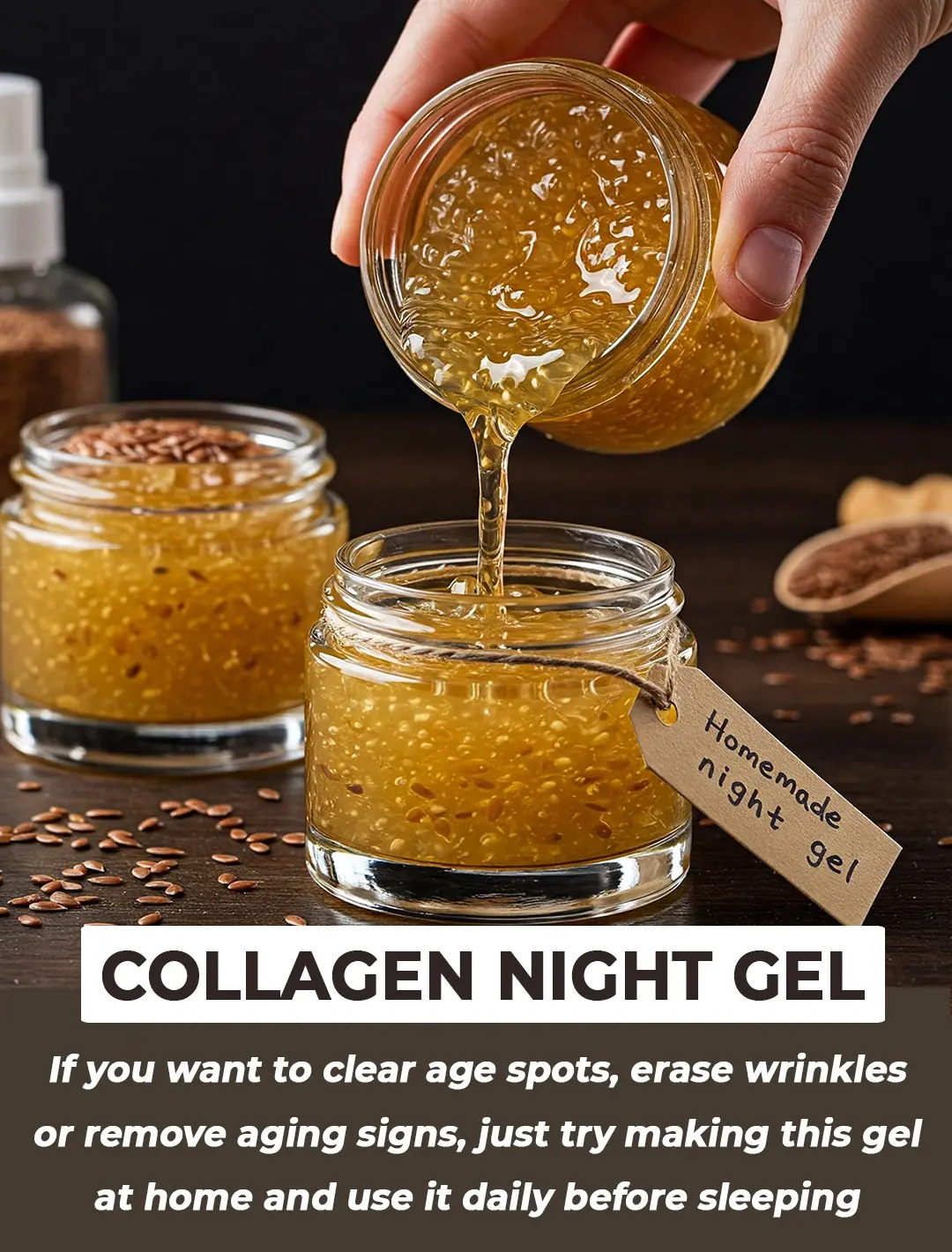
DIY Flaxseed Collagen Night Gel for Hydration and Rejuvenation
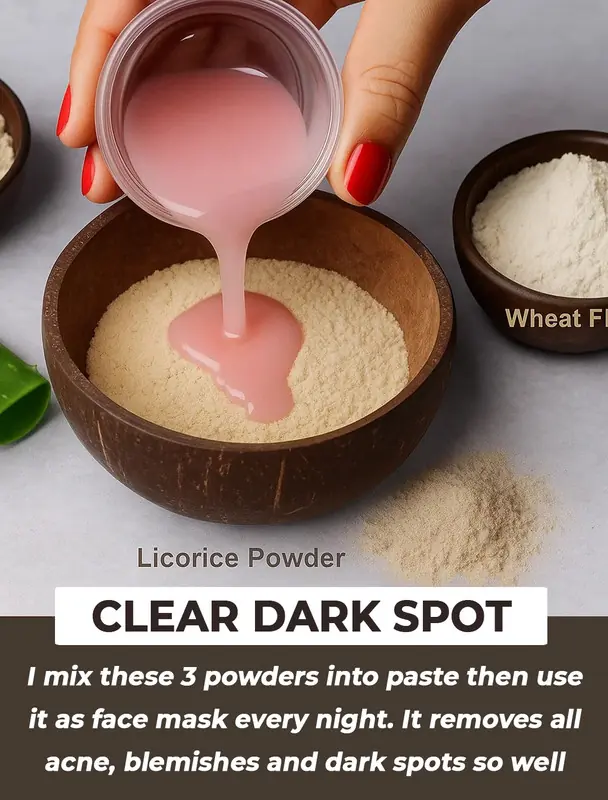
10-Day Licorice Treatment for Dark Spots: Fade Pigmentation and Achieve Glowing Skin Naturally

Easy Recipe to Make ABC Collagen Ice Cubes at Home: The Secret to Glowing, Firm Skin
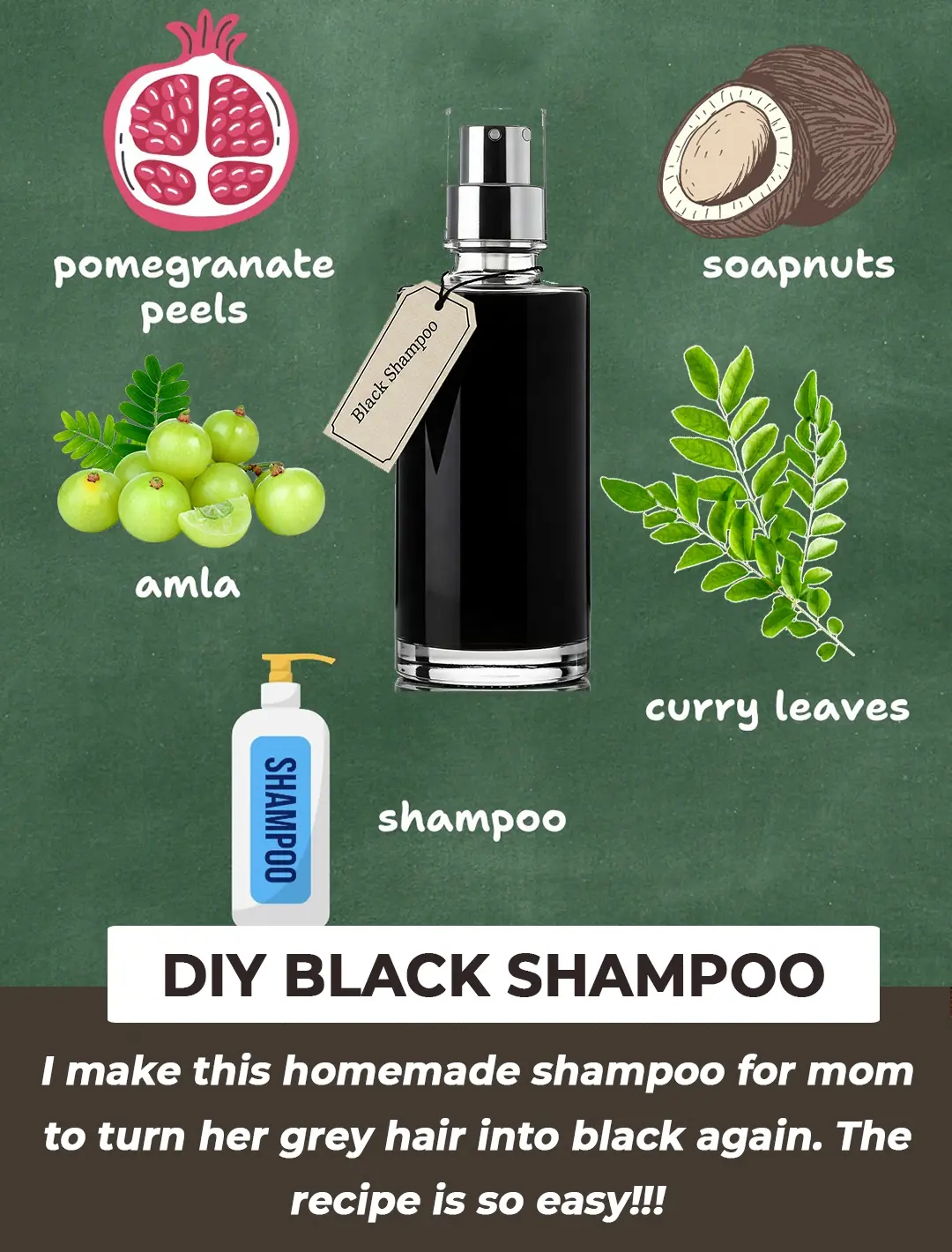
2 Mins Black Shampoo For Grey Hair

Why this doctor refuses to prescribe statins for high cholesterol

The 'divine' secret to frying

Why do we have to leave our phone face down on the table when we are not using it?

Hanging a towel on the door handle before bed: Unexpected benefits but few people know

Tips for conditioning your hair with over-cooked bamboo shoots

Treat premature gray hair thanks to the black dye formula
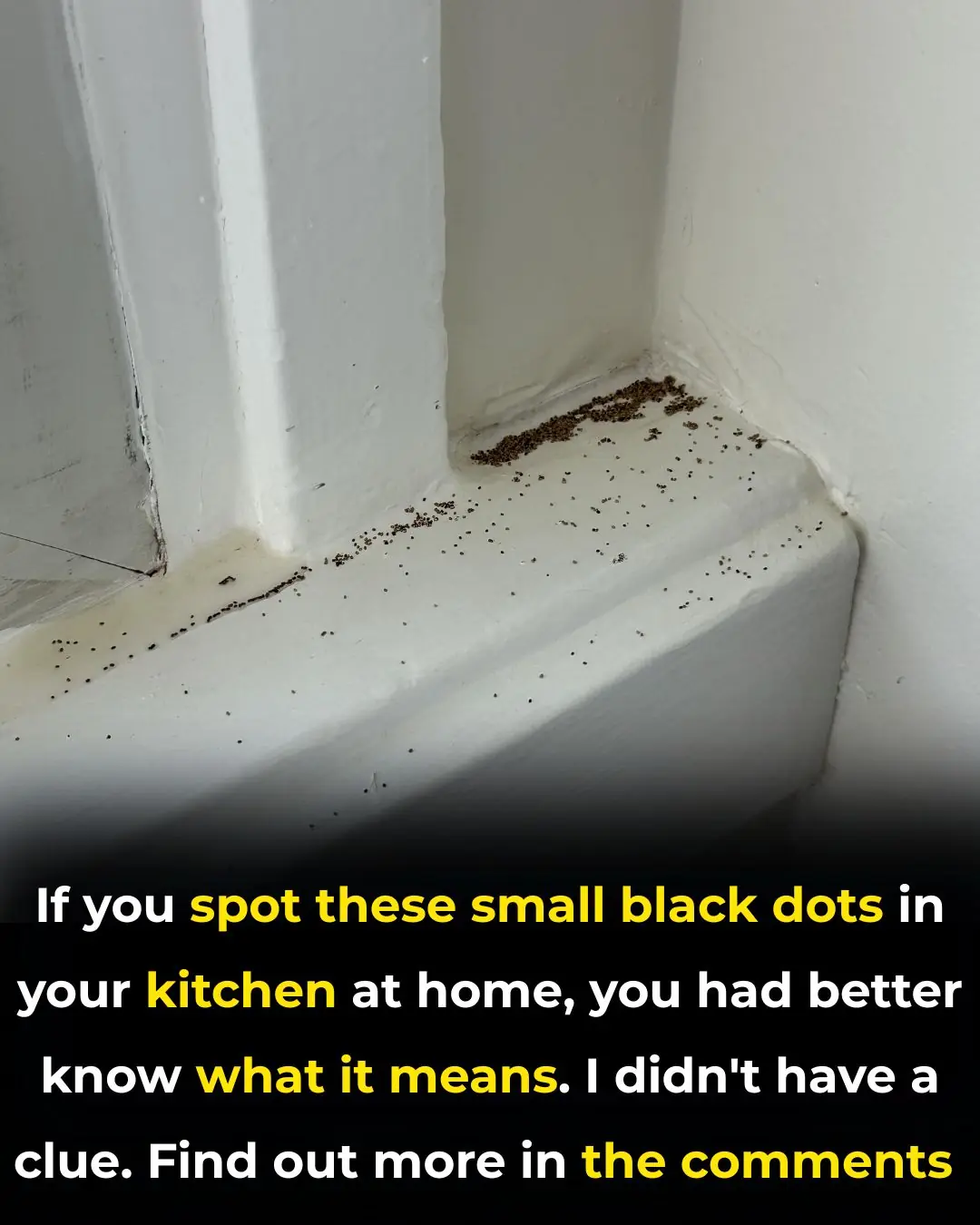
What Are These Strange Black Dots In Your Kitchen

Magic Eraser can be used for almost anything, but here's what you didn't know

Wrong understanding turns water purifiers into diseases, remove them immediately to avoid harming the whole family
